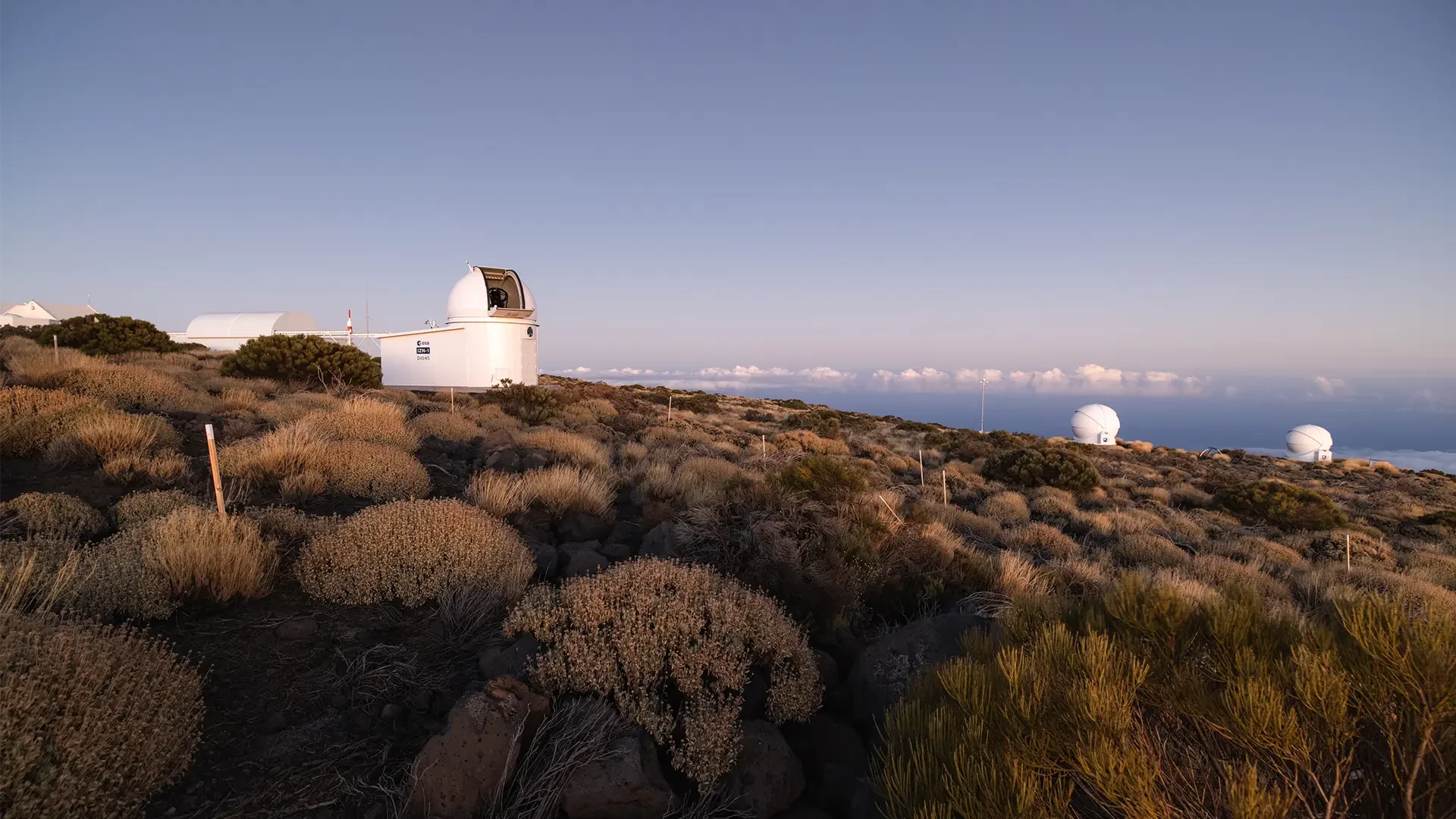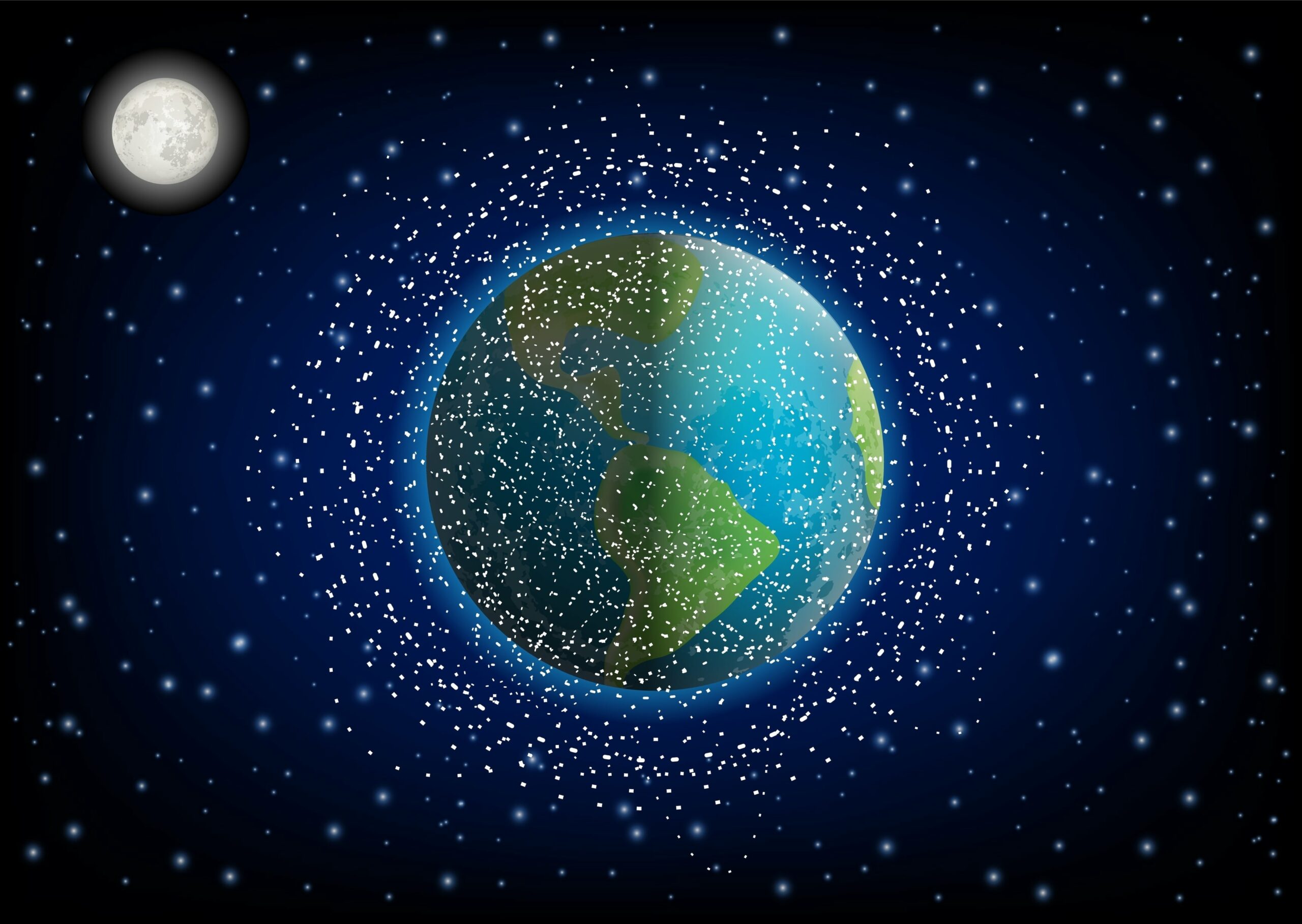
OKAPI:Orbits monitors Astrocast's satellites
Published on Wed, 22.02.2023 – 07:34 CET in Downstream, covering OKAPI:OrbitsSpace may be infinite, but the space around our home planet is not. The many existing and planned satellite constellations require close monitoring of the objects in orbit. In addition, space stations and satellites have to perform frequent corrective manoeuvres to avoid collisions. The Braunschweig-based NewSpace company OKAPI:Orbits now ensures that the constellation of the Swiss company Astrocast works reliably.
In November 2022, an Indian Polar Satellite Launch Vehicle (PSLV) rocket placed four Astrocast 3U cubesats into sun-synchronous orbit. This brought the company's commercial constellation to a total of 14 satellites. The first tranche of five satellites was launched in January 2021, followed by another five satellites as part of SpaceX's Rideshare 5 mission (SXRS-5) in June 2021. The data they collect will be used primarily in industries such as agriculture and livestock, marine, environmental and utilities. The final four CubeSats are scheduled to begin operations in late February 2023 and reach their final orbits in May. Astrocast is largely responsible for monitoring and control from its Spacecraft Operations Centre in Switzerland. Nevertheless, they are additionally monitored by OKAPI:Orbits and controlled if necessary to avoid collisions in space.
Tracking and tracing space debris
As the Braunschweig-based company writes in a blog post, several challenges to improve space surveillance and tracking (SST) are on the agenda for 2023. SST refers to the ability to detect, identify and track objects in space. Understanding the relationships between these objects is also important. Of particular concern is space debris: inoperable satellites, rocket debris and debris from collisions of these. While larger objects can be observed and tracked from Earth, this becomes increasingly difficult as their size decreases. Pieces between 1 mm and 1 cm make up the bulk of space debris. There are currently more than 130 million of them orbiting the Earth. To get as comprehensive a picture as possible of the situation, there are numerous observation stations on Earth. One of these is ESA's IZN-1 laser ranging station, located on the summit of Mount Izaña in Tenerife.

Observing objects in orbit faces major challenges
OKAPI:Orbits cites the ever-increasing number of objects in orbit as one of its challenges. About 27,000 of them are regularly catalogued and tracked, but their number will continue to grow. An ESA study recently concluded that the point of no return has already been passed. This means that the amount of debris would continue to increase even if all space activities worldwide were to cease immediately. But space is also a complex system influenced by many factors. As Edgar Peters of OKPAI:Orbits writes, the solar wind, Earth's gravity and the forces between objects must also be taken into account. There is a paradox in the visibility of space debris. While it is now possible to detect pieces as small as 1 mm, their sheer number makes them impossible to track and catalogue.
In addition, more and more telescopes - both on Earth and in space - mean that more and more data is becoming available. But without the ability to derive meaningful insights from these volumes of data, they remain almost worthless. The goal must therefore be to combine different data sources in the most meaningful way. Legal frameworks also make sense - and are repeatedly called for by many different bodies. So far, for example, there are no national or European laws clarifying liability issues. This makes it all the more important for companies like OKAPI:Orbits to use their technology to ensure that no more space debris is created.


